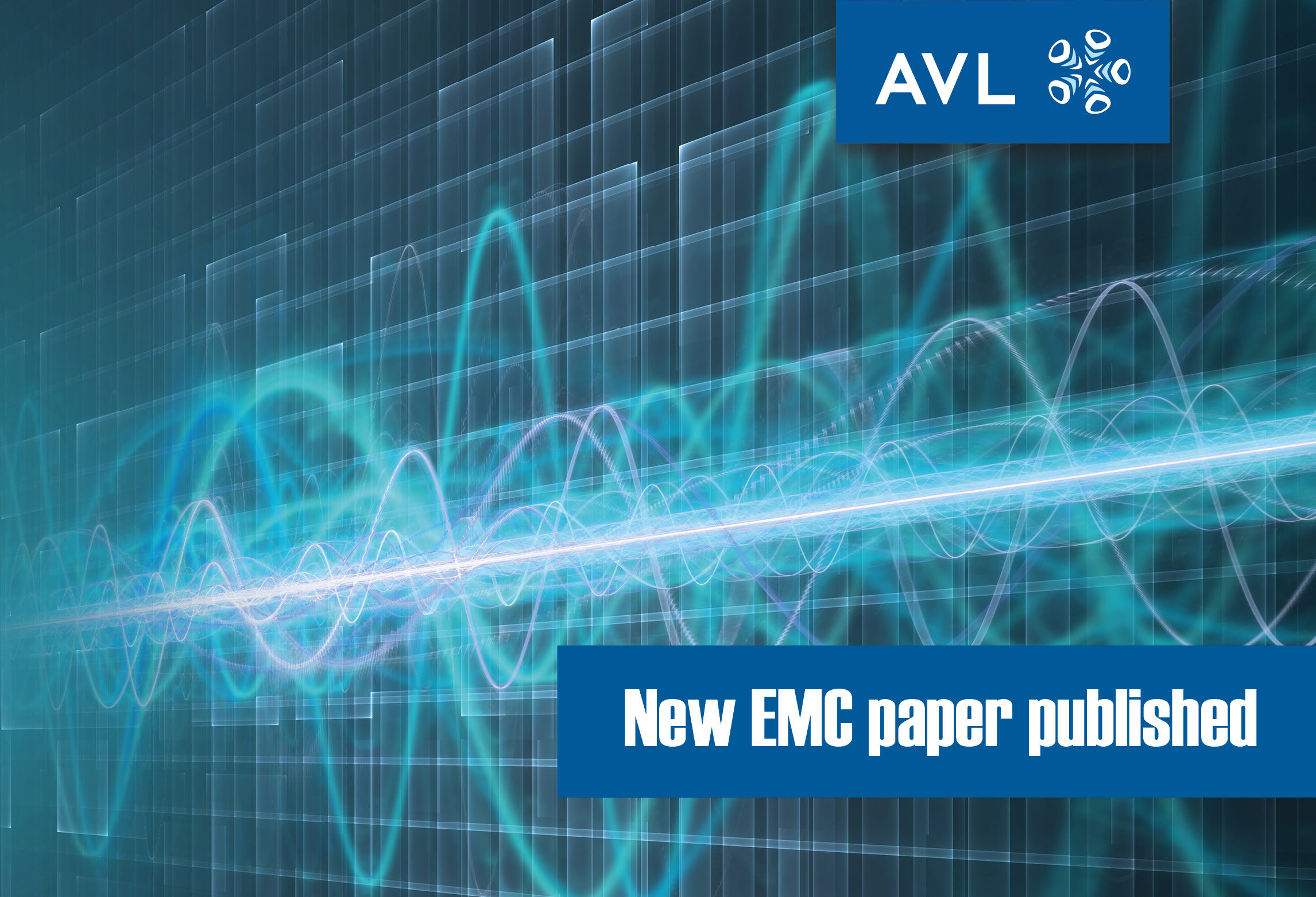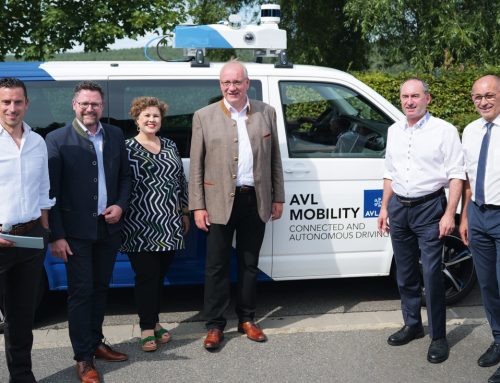A growing development of hybrid or fully electrical drives increases the demand for an accurate prediction of noise and vibration characteristics of electric and electronic components. Tis paper describes the numerical and experimental investigation of noise emissions from power electronics, as one of the new important noise sources in electric vehicles.
The noise emitted from the printed circuit board (PCB) equipped with multi-layer ceramic capacitors (MLCC) is measured and used for the calibration and validation of numerical model. Material properties are tuned using results from experimental modal analysis, with special attention to the orthotropic characteristic of the PCB glass-reinforced epoxy laminate sheet (FR-4). Electroacoustic excitation is precalculated using an extension of schematic-based EMC simulation and applied to the structural model. Structural vibrations are calculated with a commercial FEM solver with the modal frequency response analysis. Sound radiation is simulated using the wave-based approach (WBT). Simulation and experimental results are compared in a frequency range up to 10 kHz.
The developed simulation methodology can successfully identify the main noise sources from the equipped PCB. Critical peak noise responses are identified both in experiment and simulation.







